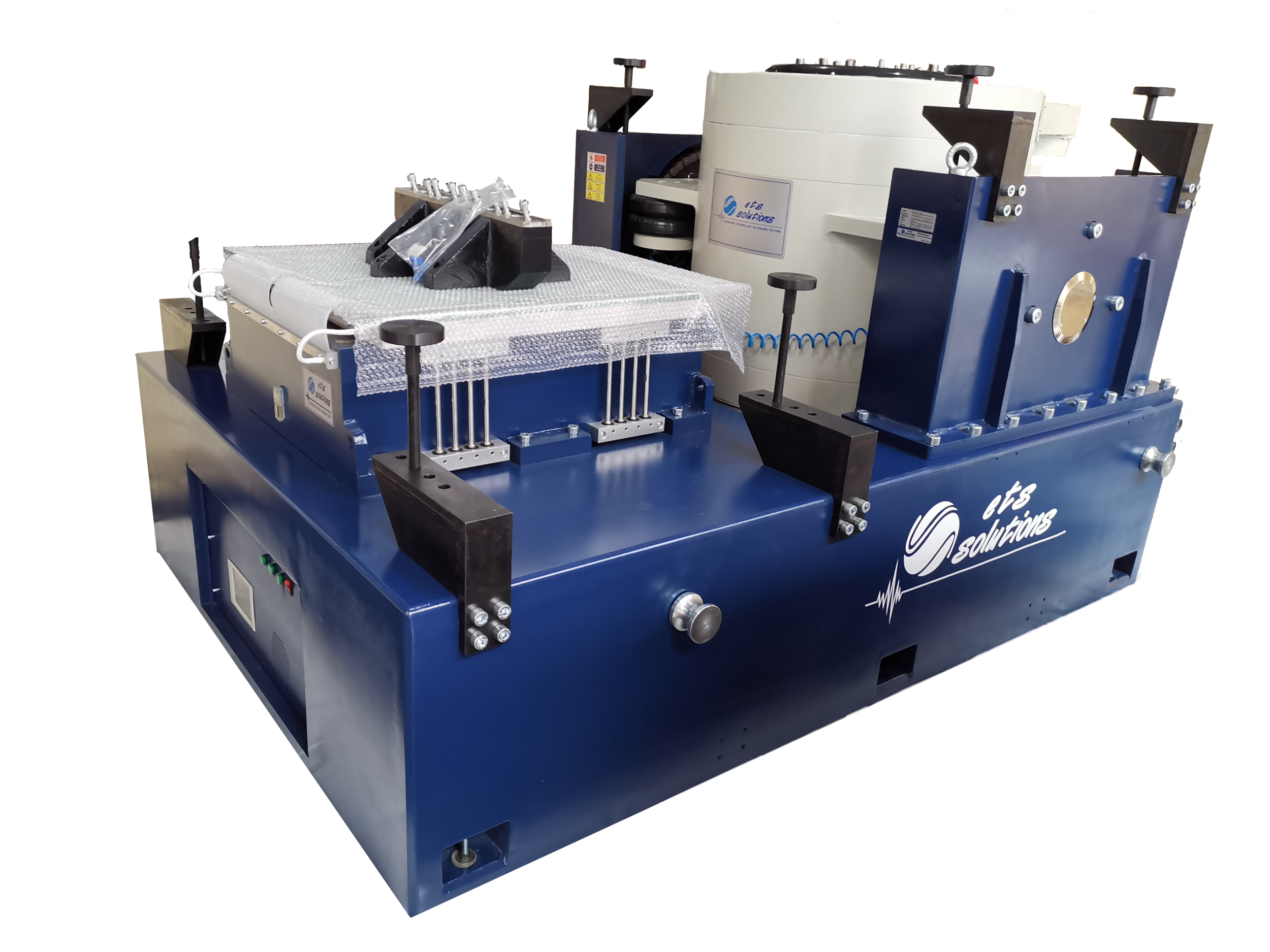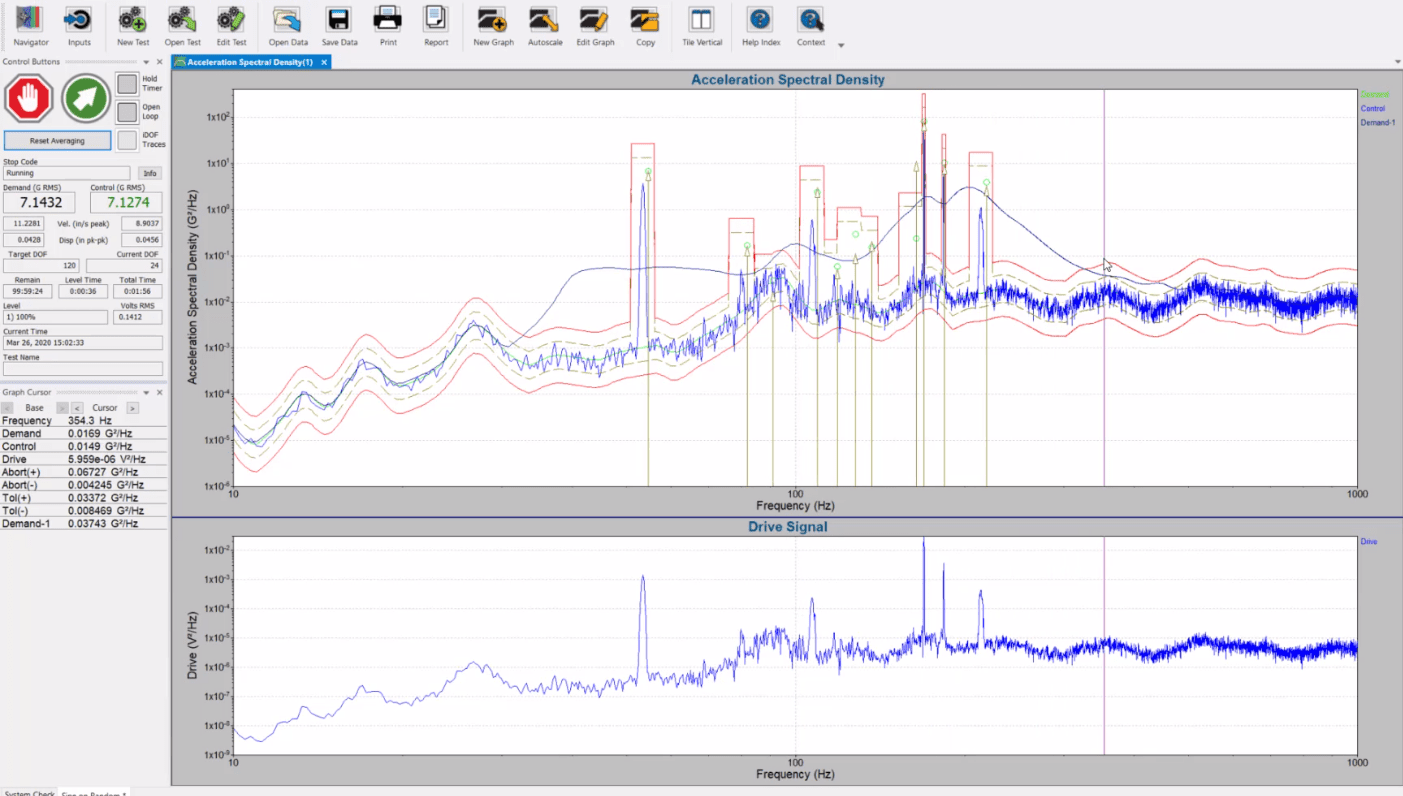Test and measurement are key components in engineering design. Many devices undergo tests to recreate the environment they will experience while in use. Vibration Testing is one such environmental test critical to the design process. All closed-loop vibration tests, consists of four main components:
together, these four components make up a vibration testing system. Vibration tests are conducted on thousands of devices from aerospace and defense to communication and transportation, not only are the vehicles themselves tested, but also the packages they carry.
You may have noticed that some vehicles are more comfortable than others. This is due in part to the design and all the vibration tests done.
ETS Solutions Asia shakers range varies from tabletop to warehouse size systems.
When it comes to vibration testing, there are three main types of tests: random, sine, and shock.
Random tests are one of the most typical vibration tests. A random test, excites all the frequencies in a defined spectrum at any given time. The shaker provides a base input to the test item. A control computer applies a random vibration signal to the shaker via a power amplifier. The shaker applies mechanical vibration to the test item.
The shaker vibration is monitored by accelerometers and the accelerometers provide a feedback signal to the control computer.
Whereas a random test generates signals with simultaneous frequencies, a swept sine test generates only one frequency at a time and sweeps this frequency through a preset frequency range in amplitude.
Shock tests, on the other hand, deliver a quick impact depending on the standard used to test this impact and may or may not be repeated many times. Classical shock test profiles are defined in the time domain and varying duration and magnitude half-sine haver sine trapezoidal initial peak and terminal peak are all common profile shapes.
The shock response spectrum is another type of shock control. It is often used to simulate a shock event such as an earthquake. TWR or time form replication is used to recreate time waveform data recorded in the field.
Engineers sometimes use a test known as sine on random or random on random. A sine on random test allows a user to place multiple sine tones on top of a random background profile. Vibration Controllers from ETS Solutions Asia are suitable for entry-level vibration control system till high-end control system. The system offers accurate closed-loop shaker control and a maximum of built-in safety mechanisms, which minimize the risks of damaging costly test items. User guidance and secure automation capabilities deliver maximum productivity and enable testing teams to meet critical deadlines.
At ETS Solutions Asia, we pride ourselves in providing the best support in the industry, and in standing with our customers from start to finish. We strive to be innovative to meet the changing requirements of the testing industry and of our customers.
To request a demo for Vibration Control please submit it here.



